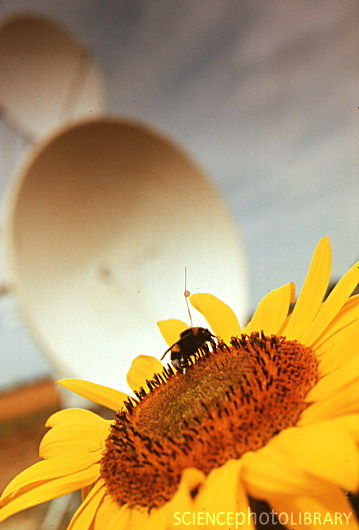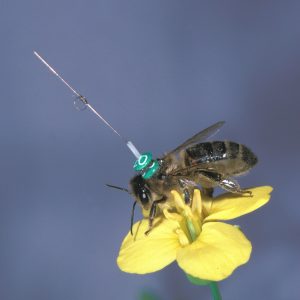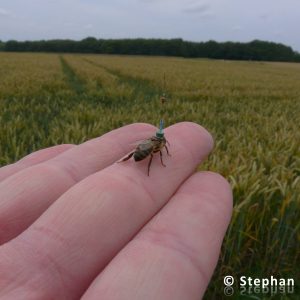In addition to the valuable career experience gained through the Chicago Botanic Garden’s Conservation and Land Management (CLM) Internship program, there are plenty of good times to be had as a CLM intern! Each internship position is unique–different types of ecosystem, varied tasks, particular emphases; I have had the great pleasure of serving at Pine Hill Preserve, a plant preserve established in western El Dorado County, California, to protect eight rare plant species and their habitat.
MONITORING. The Pine Hill Preserve manager (my mentor) has multiple monitoring projects set up; each one is intended to gather basic scientific data to help identify management activities that benefit a particular rare plant species or the suite of rare plants in any given area of the Preserve. In addition to partaking in the counting, measuring, and recording of data in the field, I have also entered data into spreadsheets and created graphs to aid in analyzing the data.

Monitoring response of Stebbin's morning-glory (Calystegia stebbinsii) after a fire several years ago
SURVEYING. Throughout California, proactive measures to protect human life and private property from the potentially devastating effects of wildfires is critical, especially when the Wildland Urban Interface (WUI) borders highly flammable vegetative communities like the chaparral. The Pine Hill Preserve is composed of 5 primary discontiguous units; accompanying the fragmentation of the Preserve is a lot of WUI. One of the main units is essentially surrounded by dense development; thus, fuels reduction of this unit is a number one priority. Before any cutting or removal of the woody vegetation can commence, the proposed fuel break must be surveyed for rare plants. Surveying in thick chaparral is not a simple task (read “Chaparral” blog post); it’s not a walk in the park, through a grassland, or under a forest canopy. We are currently about halfway done surveying a 10-acre plot which is due for a fuels reduction make-over; this took over 28 person hours. If we were not finding any rare plants, I might become convinced that my time and effort awkwardly crawling through the chaparral was in vain. BUT…such is not the case, and we have been finding many small, young Layne’s butterweed (Packera layneae) on this 10-acre parcel! How rewarding!
DISCOVERY: As much as I’d like to claim I’ve discovered a new plant species OR an unnamed relative of an identified species OR even just find an undocumented population of a rare species, it is still quite amazing and very cool to be able to simply observe an unnamed species or subspecies or variety, even if I didn’t discover it. Anatomical features initially pointed to a possible close relationship with one of the rare plant species at our Preserve. Over the past year, a former CLM intern has been conducting molecular studies on this species and several related species as part of her graduate work; her findings currently do not support a close evolutionary relationship between the newly discovered specimen and the federally listed species at Pine Hill Preserve.






















